“Coffee dry mills are privately owned or public businesses run by farmers cooperatives that have the job to prepare, hull, sort, bag, ship and export processors and farmer’s coffees, sometimes they also facilitate communication with coffee buyers, deal with payments and exporting procedures. More often than not, the expression “Direct Trade” relates to an agreement between a buyer and a dry mill rather than an actual direct transaction between coffee buyers and farmers.”
Most coffee farmers and coffee processors deliver coffee to dry mills still into the parchment or pods. Coffee beans in such a way are not suitable for coffee roasting, so before shipping them overseas, they must be prepared accordingly. During the dry milling process the coffee is hulled, sorted and bagged as per buyer’s specifications.
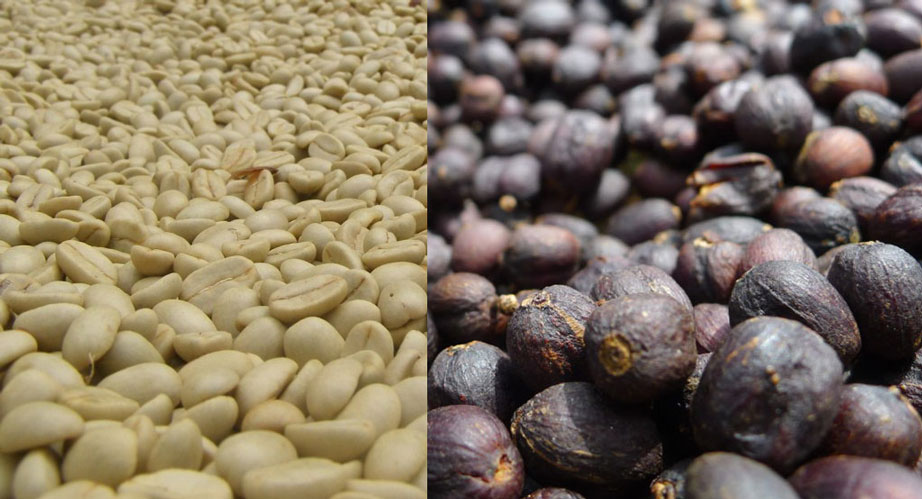
SEE ALSO: Is Fair Trade good for coffee farmers?
The first stage: Hulling and de-stoning
During the hulling stage cherry pods and coffee parchments are carefully checked for stones and impurities, just before being hulled or peeled. Depending on specifications, the huller could also add an extra polishing by removing part of the silver skin attached to the green beans. This is especially useful for Robusta coffee beans where silver skin is known to contribute with bitterness.
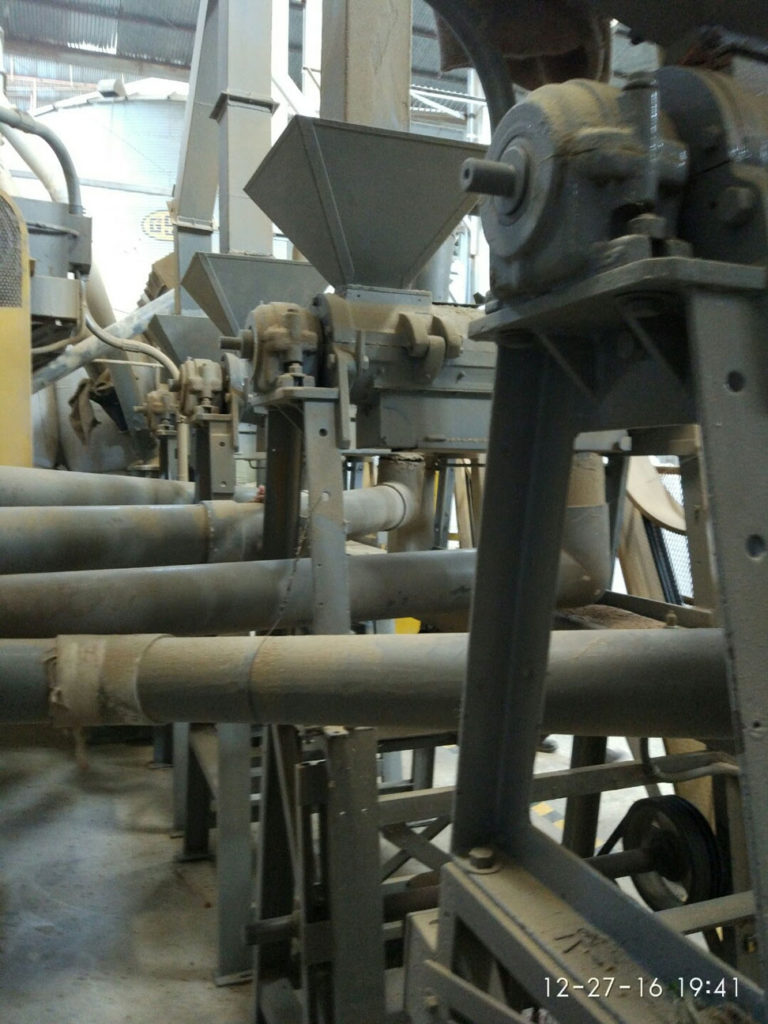
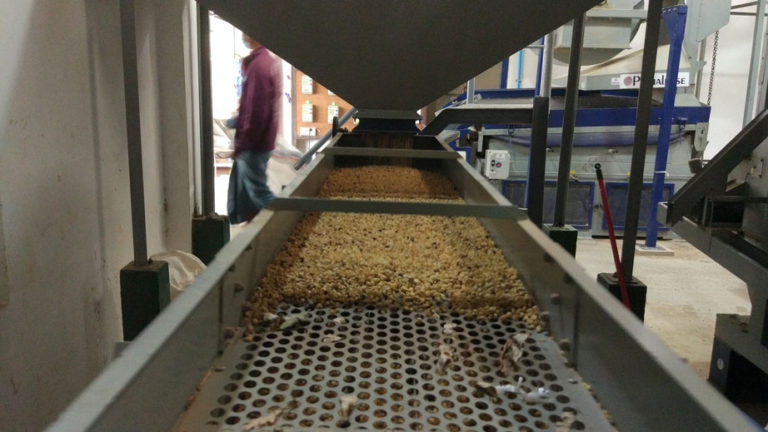
The second stage: “Catador” or Pneumatic green coffee separator
It is basically an air fan that blows any residual impurity, husk or parchment and light and broken beans away from the coffee. Some machines also include an oscillator to recirculate un-hulled coffee beans back into the huller.
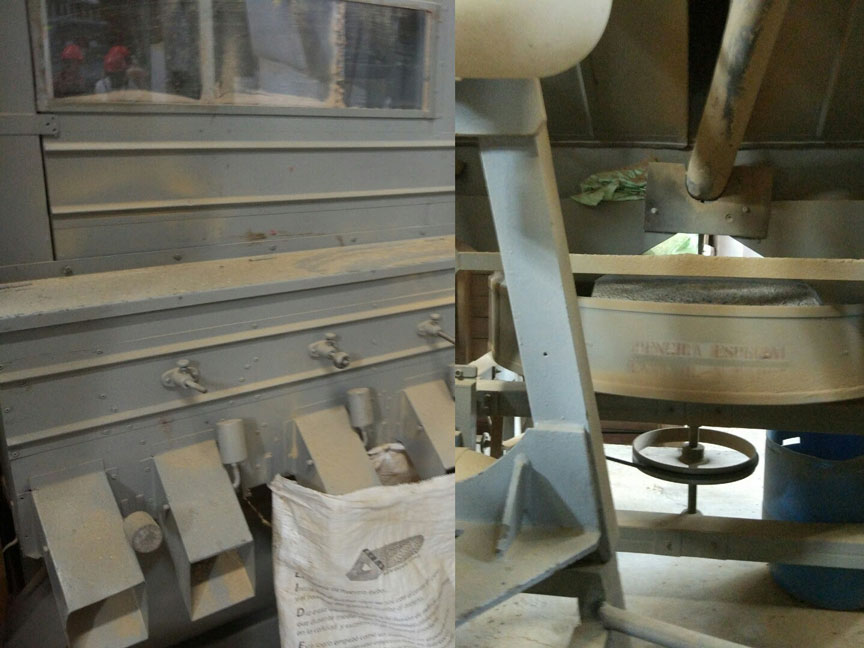
Third stage: Sizing
For sizing all coffee dry mills use an arrangement of sieves of multiple gap sizes carefully pile together. Coffee beans are circulated from top to bottom, trapping coffee beans by size differential. Sieve openings could be round or oblong depending on the type of bean to separate. Oblong openings allow regular coffee beans to go through while round beans or pea-berries would be confined. Depending on contract specifications any specific size and/or shape could be targeted.
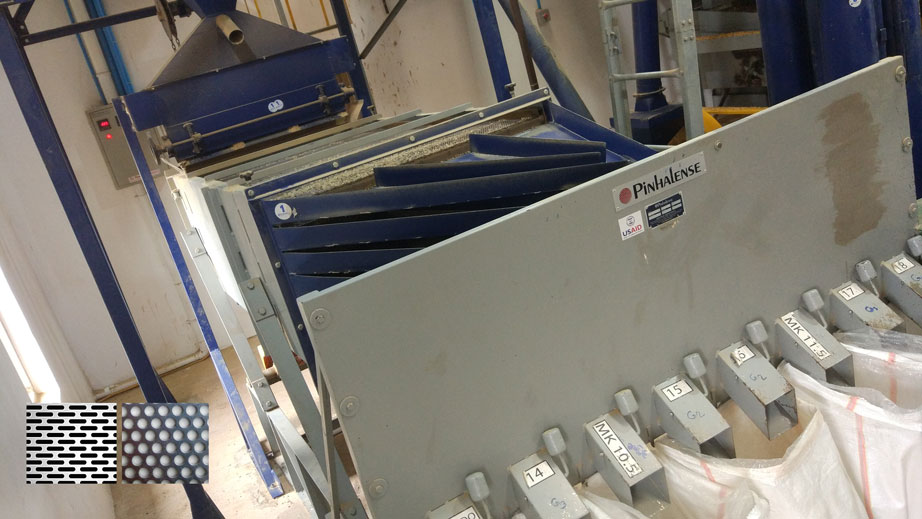
Fourth stage: Density sorting
Density sorting is usually performed by a densimetric table. This table is basically a perforated surface in a predefined angle that blows and shakes the coffee at the same time. Each perforation has a tiny edge allowing the air to blow from below offsetting gravity force resulting from table’s angle, giving each coffee bean a brief period of weightlessness. Denser beans would be able to climb to the higher end of the table by using the perforation edges while less dense beans would remain at the lower end. The separation is performed by collecting coffee beans from both sides of the table. Any coffee in between would be recirculated until no significant amount of coffee beans are left at the lower end.
Smaller and lighter coffee beans have the tendency to roast faster than denser and larger beans, so having a consistent coffee bean size and density are essential for even quality coffee roasting.
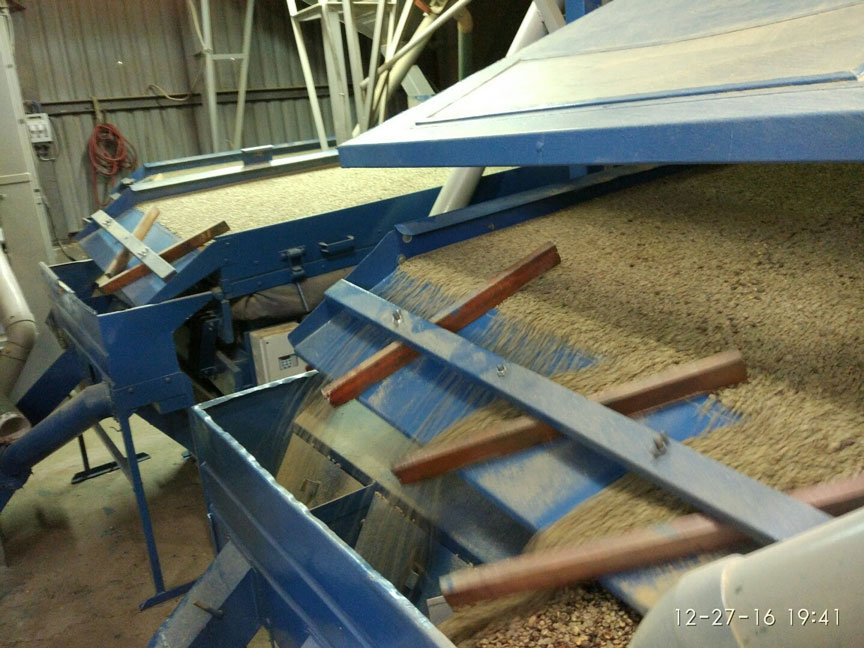
Color sorting
Color sorting is usually an optional service and involves optical machines that are capable of scanning each single bean at high speeds. Beans that do not fit the predefined color profile are rejected by a burst of compressed air.
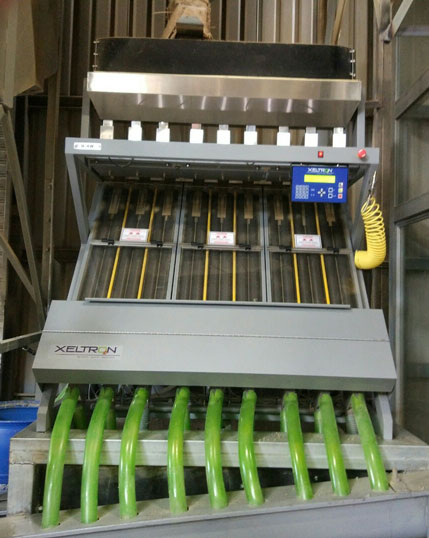
Hand sorting
Although, color optical sorters are very efficient, they are no match for human eyes. People can distinguish a variety of shapes, colors and appearances undetectable by machines. For this reason dry mills also include hand sorting as an optional service.
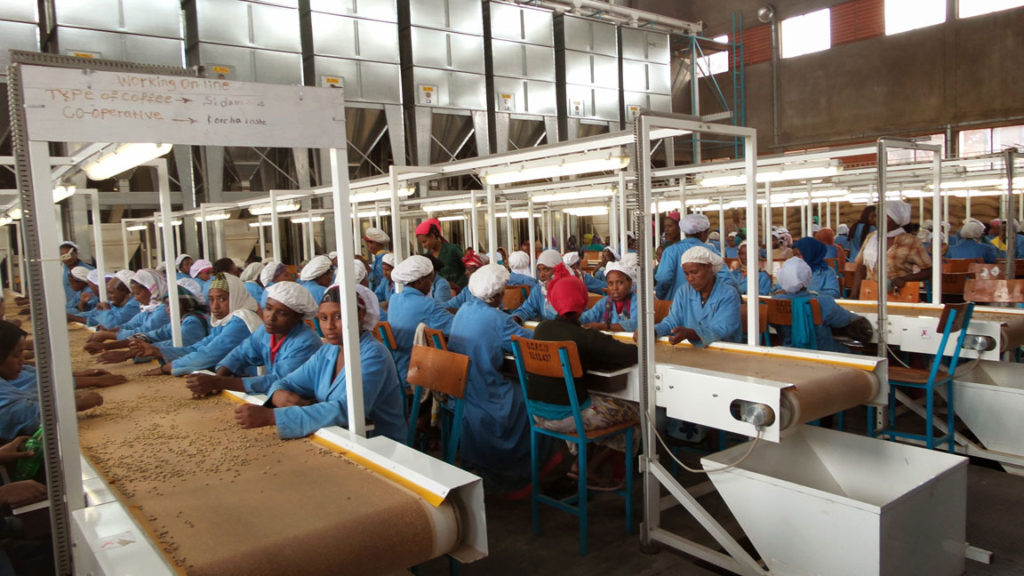
Storage and aggregation.
Most coffee farmers around the world produce coffee volumes limited to a few bags. To become relevant in size and suitable for export in container loads, some coffee lots must be combined or blended with other lots first. Additionally, most farmers don’t have suitable storage facilities, for this reason some dry mills also provide storage space as an additional service to farmers.
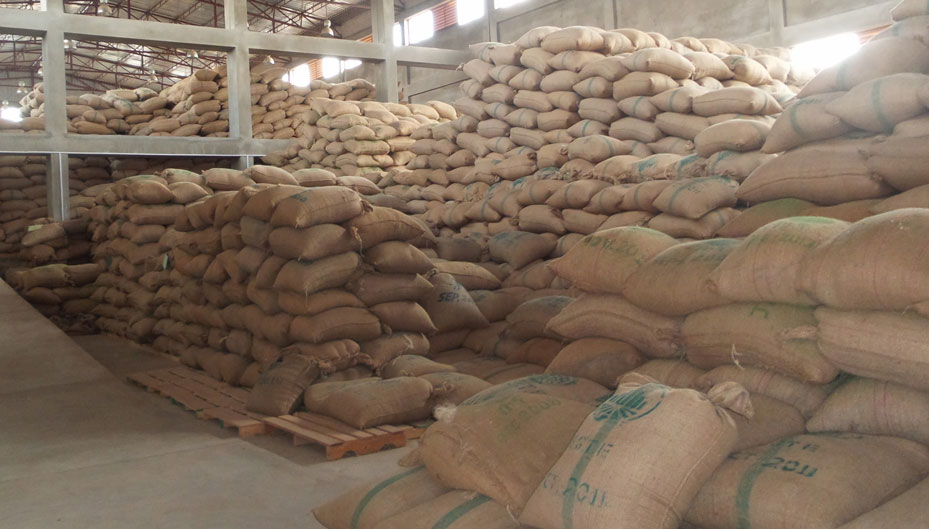
Bagging
Once coffee sorting and all dry milling stages are over, it is time to prepare the coffee for exports. Generally this is performed according to buyer’s instructions. Usually 60 kg jute bags and one or five metric TON high density polyethylene sacks are used for commercial grade coffee while dual bagging (polyethylene inner and jute outer) for specialty grade coffees.
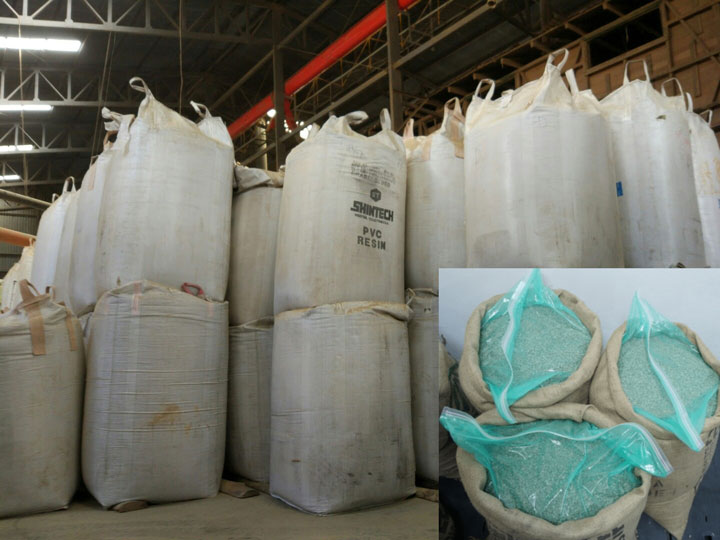
Export
Export includes, physically filling up the container or consolidation plus handling all necessary documentation and legal procedures necessary to export the coffee. Commonly, expenses are covered by the coffee buyer while logistics and documentation are exporters or dry mill’s responsibility.
SEE ALSO: How coffee price below $1.00 affects coffee farmers?
Other Services
Quality Control
Dry mills need to channel coffee lots not only by their physical appearance but by sensory attributes and profiles as well. To do it, all existing lots are cupped and corresponding sensory profiles are described and logged. Based on the results, coffee lots are separated, combined or blended; or used to identify defects and processing problems. Additionally, they are very useful to develop pricing lists, identifying potential niche markets and to score specialty coffees.
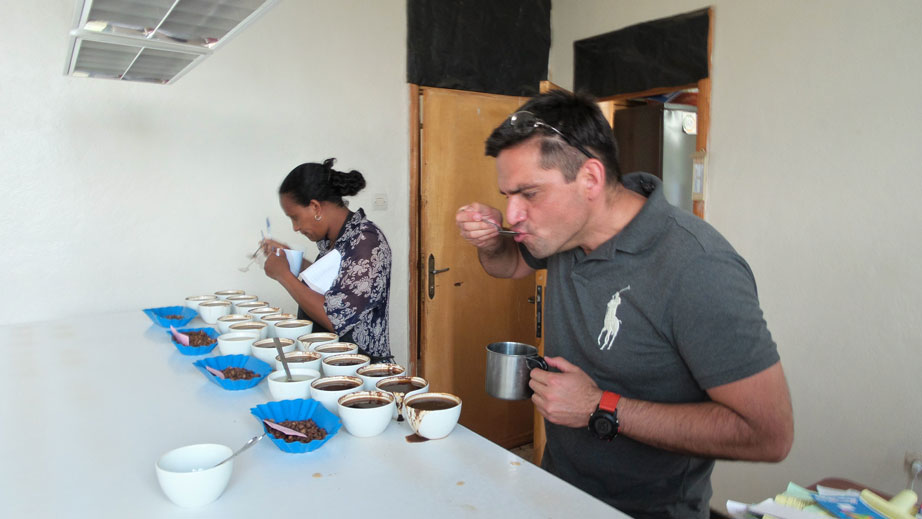
Sampling
Frequently, each coffee sale or coffee contract is precede or conditioned by a type or pre-shipment coffee sample. However, these samples need to be meticulously prepared, mainly because a small coffee volume, usually not larger than 250g must be a faithful representation of a larger coffee volume. To achieve it, a small portion of coffee is taken from each bag existing in the lot, sometimes even from different bag sections (top, half and bottom) and then homogeneously combined into a single sample. Finally, the sample is properly wrapped, label and mailed to the potential buyer for approval or screening.
Brokerage
It is common for coffee farmers to live in isolated areas, lacking from basic services, technology and skills necessary to reach international markets and engaging customers. Sometimes they don’t even have access to essential financial tools to handle sales and exports. For this reason most financial transaction are conducted by dry mills on behalf of farmers.
“Dry mill’s important role and contributions to the coffee value chain are usually underestimate and overlooked by the industry and consumers as well, eclipsed by the romanticism offered by coffee growers and farms. It is undeniable dry mills are a strategically important link in the value chain. They could contribute or obstruct coffee farmer’s success and even entire countries performance depend on how ethically they operate and conduct business. The future of the whole coffee industry depends on sustainability. Certainly if we ever achieve it, dry mills would have a major role.”
